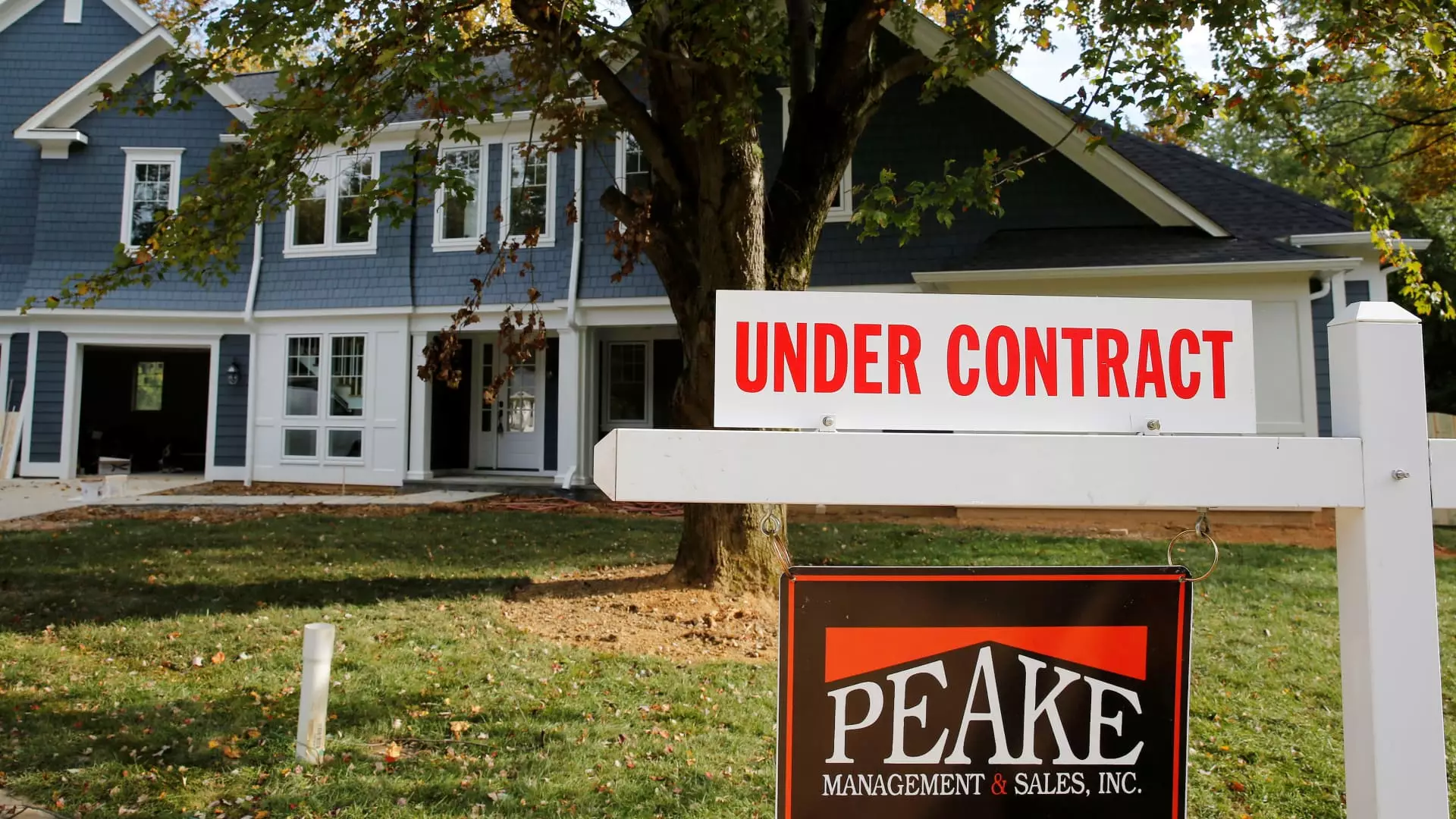In an unexpected turn of events, signed contracts to purchase existing homes surged by 7.4% in September compared to the previous month, as reported by the National Association of Realtors (NAR). Analysts had estimated a modest increase of roughly 1%, which underscores the complexities of consumer behavior in the current housing market. This rise in pending sales marked the highest activity level since March and signified a 2.6% increase relative to September of the prior year. Pending sales, formed from signed contracts, are a real-time reflection of buyer interest and market engagement.
The Influence of Mortgage Rates on Buyer Activity
A significant factor driving this surge in pending sales is the fluctuating mortgage rates, which directly influence buyer sentiment. Throughout August, the average rate for a 30-year fixed mortgage witnessed a downward trend, reaching a low of 6.11% on September 11, according to Mortgage News Daily. This decline likely encouraged prospective buyers to act promptly and finalize contracts before rates potentially escalated. However, in early October, the average rate surpassed the 7% mark, causing speculation about a possible shift in buyer momentum. This dynamic illustrates how sensitive today’s buyers are to changes in interest rates, making the housing market particularly volatile.
Analyzing the national landscape reveals varied regional performance in pending home sales. Notably, the West saw the most substantial gains, potentially due to higher property prices that make buyers more attuned to the benefits of minor mortgage rate reductions. Meanwhile, the Northeast and West recorded year-over-year increases in pending sales, while the Midwest and South experienced stagnation. This disparity emphasizes the localized nature of the housing market, where factors like inventory levels and economic context play crucial roles in shaping buyer behavior and decision-making.
As the market progresses, the increase in mortgage rates poses ongoing affordability challenges for potential buyers. Despite a notable uptick in mortgage demand—10% higher week-over-week compared to the same period last year—overall demand remains historically low. Furthermore, while there were gains in pending sales, concerns about sustaining this momentum linger. Selma Hepp, CoreLogic’s chief economist, expressed doubts about the durability of this rebound, particularly with mortgage rates hovering around 7%. She cautioned that this surge in activity might not be enough to prop up home sales in 2024 beyond levels observed in 2023.
The Road Ahead for Buyers and Sellers
As we look toward the future, the interplay between economic growth, inventory levels, and mortgage rates will be paramount in determining market conditions. For buyers, navigating the complexities of affordability and market timing will necessitate careful consideration and adaptability. Sellers, on the other hand, will need to remain flexible in adjusting their expectations and strategies based on evolving economic indicators. Overall, the recent trend in pending home sales serves as a reminder of the intricacies of the housing market and the multiple factors that influence the delicate balance between supply and demand.


Leave a Reply